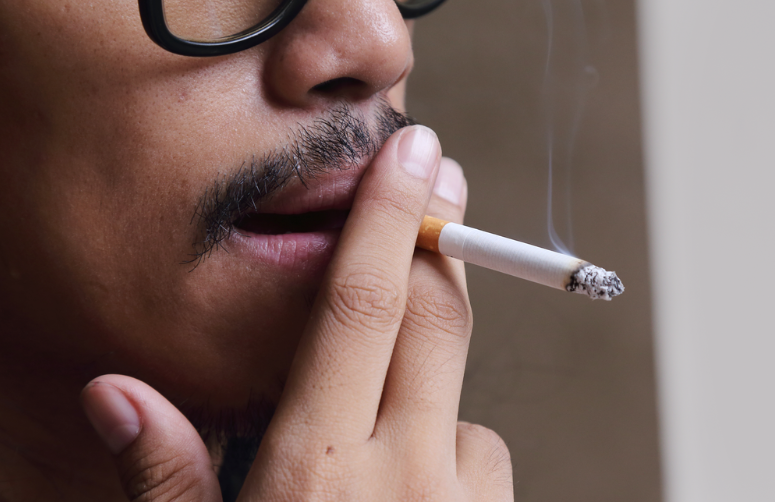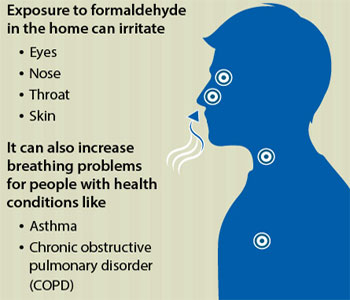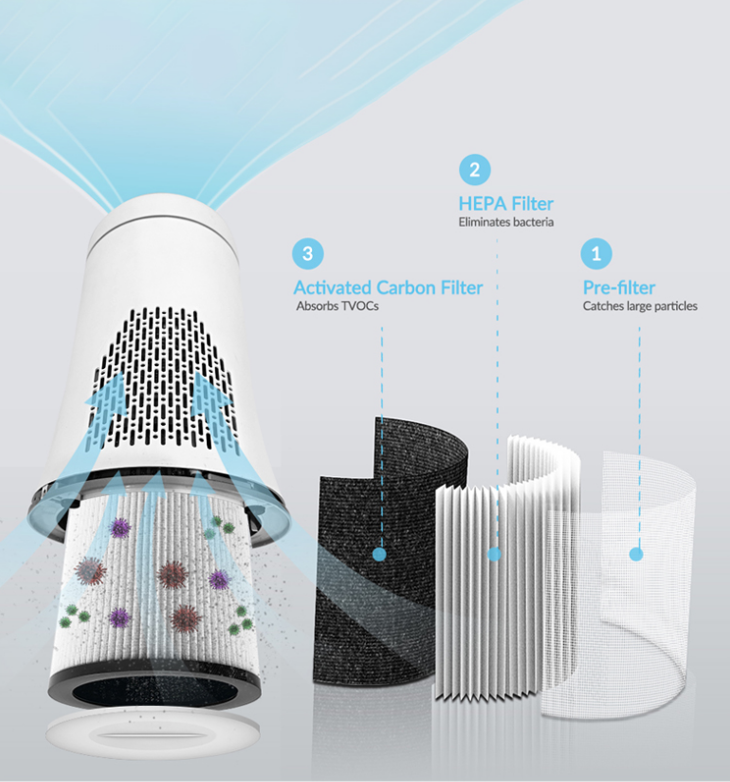Indoor air quality (IAQ) pollution is a growing concern, as people are spending more time indoors due to various reasons like working from home, online education, and lifestyle changes. In this article, we will explore five aspects that lead to indoor air quality and outdoor air quality, who is more serious? What are their harms and effects on our human body? In addition, in view of the negative impacts, we will also discuss whether there are feasible air quality solutions to solve these problems, not only for us, but also for our next generation.
- Sources of Pollutants
Indoor air quality is more serious than outdoor air quality because the sources of pollutants are different. The outdoor air is polluted mainly by emissions from vehicles, factories, and other industrial processes. In contrast, indoor air pollutants are generated from various sources such as cooking, heating, smoking, cleaning products, building materials, furniture, and many more. According to the Environmental Protection Agency (EPA), indoor air pollutants can be two to five times higher than outdoor air pollutants.
- Concentration of Pollutants
The concentration of pollutants is another reason why indoor air quality is more serious than outdoor air quality. The indoor air is confined, and the pollutants get trapped inside, leading to higher concentrations. On the other hand, outdoor air pollutants get dispersed in the atmosphere, and their concentration decreases over time. The higher the concentration of pollutants, the more harmful it is to human health.
- Exposure Time
Indoor air pollution is more harmful to the human body because people spend most of their time indoors. According to the EPA, people spend approximately 90% of their time indoors. The longer the exposure time to pollutants, the higher the risk of health problems. The exposure time to outdoor air pollutants is limited, as people spend only a small percentage of their time outdoors.
- Vulnerable Groups
Indoor air pollution is more harmful to vulnerable groups like children, elderly people, and individuals with pre-existing health conditions. According to the World Health Organization (WHO), indoor air pollution is responsible for approximately 4.3 million deaths per year globally. Children are more susceptible to the harmful effects of indoor air pollutants as their lungs are still developing. The elderly and people with pre-existing health conditions like asthma, heart disease, and respiratory diseases are more vulnerable to the health effects of indoor air pollution.
- Building Characteristics
Indoor air quality is affected by building characteristics like ventilation, humidity, and temperature. Poor ventilation in buildings can lead to a buildup of indoor air pollutants, leading to poor indoor air quality. High humidity levels can promote the growth of mold and mildew, which can release allergens and irritants into the air. Extreme temperatures can also affect indoor air quality by releasing volatile organic compounds (VOCs) from building materials and furniture.
Now that we have discussed why indoor air quality is more serious than outdoor air quality, let us explore some solutions to improve indoor air quality.
1.Source Control
Source control is the most effective way to improve indoor air quality. By eliminating or reducing the sources of indoor air pollutants, the concentration of pollutants can be decreased. For example, using natural cleaning products, avoiding smoking indoors, and keeping the house well-ventilated can reduce the levels of indoor air pollutants.
2.Ventilation
Proper ventilation can help to improve indoor air quality by reducing the concentration of indoor air pollutants. Natural ventilation can be achieved by opening windows and doors, while mechanical ventilation can be achieved by using air purifiers, exhaust fans, and air conditioning systems. Proper ventilation can also regulate humidity levels, which can reduce the growth of mold and mildew.
3.Air Purifiers
Air purifiers can be an effective solution to improving indoor air quality by filtering out pollutants from the air. High-efficiency particulate air (HEPA) filters can remove up to 99.97% of particles as small as 0.3 microns. Air purifiers can be especially helpful in reducing the concentration of indoor air pollutants generated from sources like cooking and smoking. It is essential to choose an air purifier with the appropriate size and filter type to effectively clean the indoor air.
4.Humidity Control
Maintaining proper humidity levels can improve indoor air quality by reducing the growth of mold and mildew. The ideal humidity level is between 30-50%, and it can be achieved by using a dehumidifier or humidifier. Dehumidifiers can remove excess moisture from the air, while humidifiers can add moisture to the air when it is too dry.
5.Regular Maintenance
Regular maintenance of HVAC systems, air purifiers, and other appliances can help to improve indoor air quality. Dirty filters can reduce the efficiency of HVAC systems and air purifiers, leading to poor indoor air quality. Regular cleaning and maintenance can prevent the buildup of dust, mold, and other pollutants, reducing their concentration in the indoor air.
In conclusion, indoor air quality pollution is more serious than outdoor air quality pollution due to various reasons like sources of pollutants, concentration of pollutants, exposure time, vulnerable groups, and building characteristics. Indoor air pollution is more harmful to human health, especially to vulnerable groups like children and the elderly. However, there are several solutions to improve indoor air quality, including source control, ventilation, air purifiers, humidity control, and regular maintenance. Air purifiers can be an effective solution to improve indoor air quality by filtering out pollutants from the air. By implementing these solutions, we can improve indoor air quality and reduce the health risks associated with indoor air pollution.
If you have any demand for air purifier products, please contact our email: info@leeyopilot.com. As an OEM manufacturer and supplier specializing in the manufacture and production of air purifiers in China, we can provide you with professional product support and customized ODM services. Our email contact will be open for you 24h/7days.
Post time: Mar-23-2023






